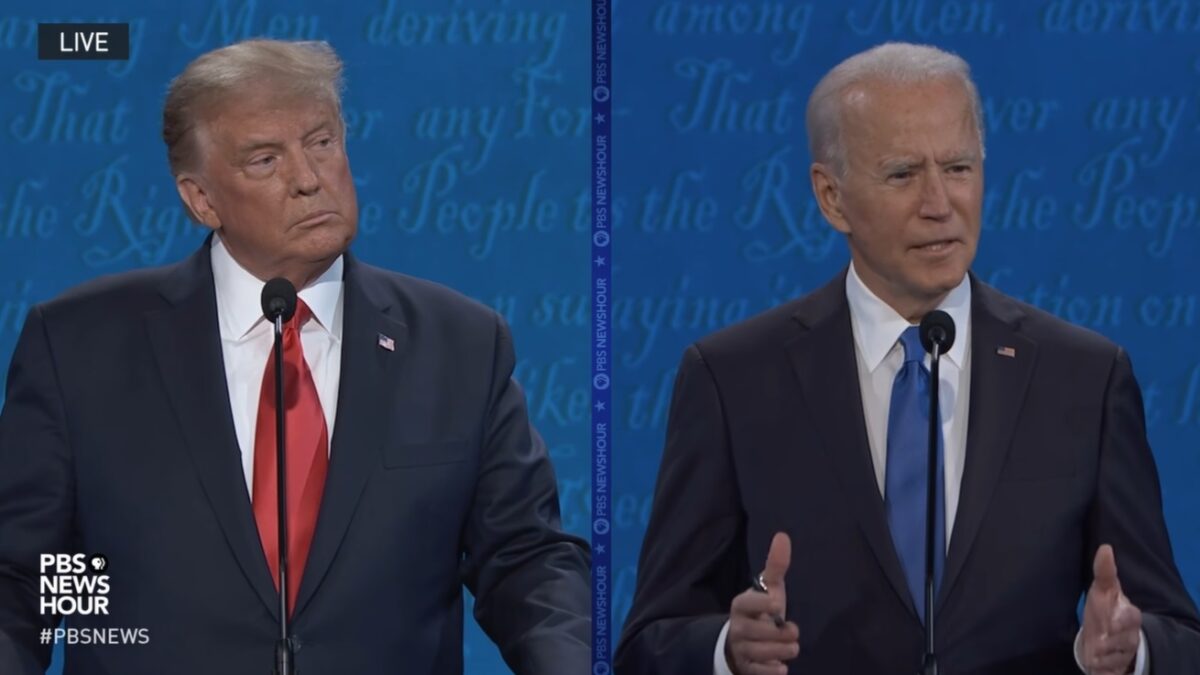
Amid today’s partisan rancor, partisan gerrymandering—manipulating the boundaries of an electoral constituency to favor one party over another—has assumed a special place of public scorn.
An easy bogeyman for populists of all political stripes, gerrymandering has emerged as our political bête noire, derided by a reliable stream of sanctimonious bromides (usually something about “politicians choosing their voters”) and facile videos featuring simple shapes and colors. What’s more, gerrymandering has been supposedly correlated with voter suppression and called a “national scandal” by no less than The Terminator himself.
Fortunately, there is reason to celebrate—or so we are told. On March 26, the Supreme Court heard arguments in two cases out of Maryland and North Carolina concerning what plaintiffs believe are unconstitutionally gerrymandered congressional districts.
If you’re getting a sense of déjà vu, you’re not alone. It’s been less than a year since the court last had an opportunity to identify a workable legal standard when considering the constitutionality of partisan gerrymandering. In June of last year, the justices vacated and remanded a Wisconsin case without ruling on the case’s merits. Prior to that, the court had taken a crack at partisan gerrymandering no fewer than four times, and in none of those cases did a majority of justices agree on a clear rule on what constitutes an unconstitutional partisan gerrymander.
If the Supreme Court considers a question on five separate occasions and is consistently unable to produce a clear answer—or a clear legal standard—it is a strong indication the court has stepped outside its constitutional role and is trying to do something it isn’t meant to do. That lends credence to the argument that such cases are nonjusticiable, or constitutionally improper for a court to resolve.
As Justice Anthony Kennedy wrote in 2004 in Vieth v. Jubelirer when confronted with supposedly “meandering and irregular” congressional districts in Pennsylvania, “Because there are yet no agreed upon substantive principles of fairness in districting, we have no basis on which to define clear, manageable, and politically neutral standards for measuring the particular burden a given partisan classification imposes on representational rights.” (Frustratingly, Kennedy declined to join four other justices in declaring the question nonjusticiable, opting instead for an equivocal, never-say-never approach that has haunted to court to this day).
Some reject the conclusion that the question is nonjusticiable, often claiming that partisan gerrymandering should be treated no differently than racial gerrymandering. This comparison is apples to oranges. Where racial discrimination is presumptively invalid under a standard of strict scrutiny, the court has long held that “politics and political considerations are inseparable from districting and apportionment,” and that “districting inevitably has and is intended to have substantial political consequences.”
Moreover, it is not clear what the constitutional harm is when a sovereign state draws district boundaries that disadvantage one party over another. Indeed, the proposition that a majority of voters in a state should be able to elect a majority of their congressional delegation is a pernicious pipe dream of constitutional lore that, in fact, was explicitly rejected by a majority of the justices in Vieth.
That makes sense. That a presidential candidate from one party, for example, can (and sometimes does) win an election without the popular vote does not mean the losing candidate’s party has an enforceable right under the Constitution to redraw state boundaries to be “fairer”—or, for that matter, even proportional to the final vote count at all (assuming, of course, that winning the presidency is a fair analogy for winning a majority of seats in a congressional delegation). Instead, like congressional district mapping, aggrieved voters in the losing candidate’s party would need to seek redress through their state legislatures and the U.S. Congress.
It may be true gerrymandering is bad for our republic. But the courts have no business resolving it. Rather, it is up to our lawmaking bodies to establish the “substantive principles of fairness” and the “clear, manageable, and politically neutral standards” Justice Kennedy described and lower courts can use. To be sure, that will ultimately require some heavy lifting by the voters in their communities and at the ballot box—heavy lifting that the Constitution demands.








